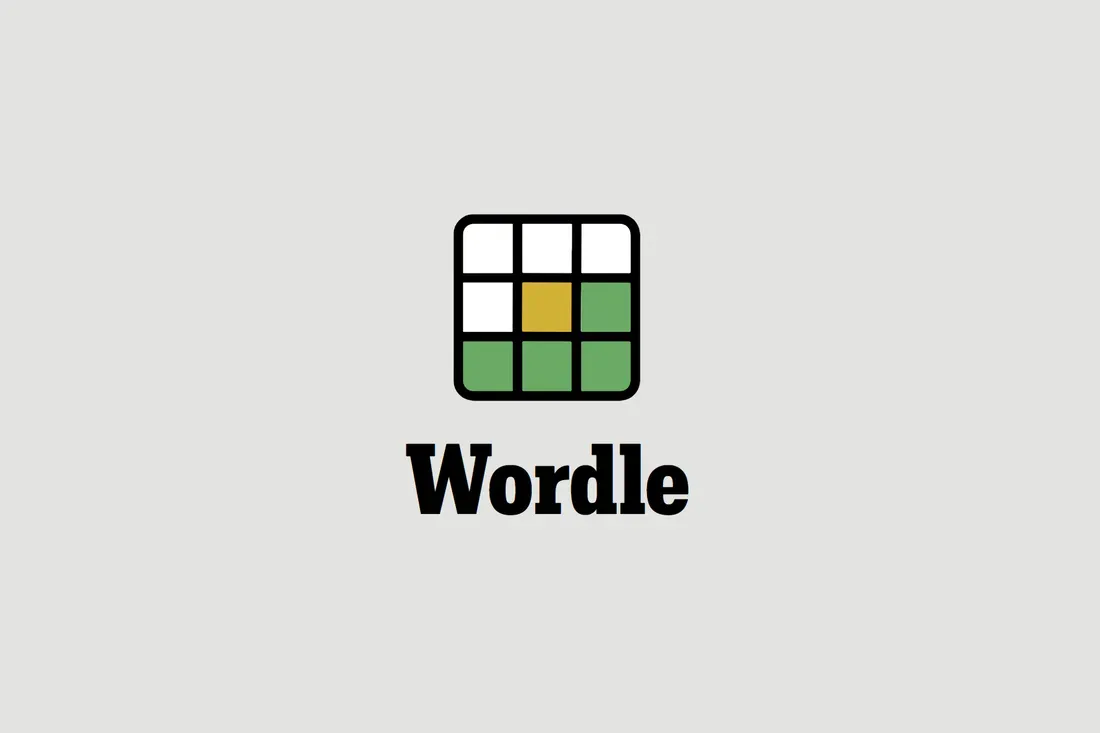Today’s New York Times Wordle for November 22, 2025 (puzzle #1617) leans heavily on consonants and gives you only one vowel to work with. If your grid is full of gray tiles and scattered yellows, the structure of the word and a few targeted clues are usually enough to turn things around.
Core facts for Wordle #1617 (Nov 22, 2025)
| Item | Detail |
|---|---|
| Puzzle date | November 22, 2025 |
| Wordle number | #1617 |
| Word length | 5 letters |
| Number of vowels | 1 |
| Repeated letters | None |
| Part of speech | Adjective; can also function as a noun in some contexts |
| The answer | THICK |
Letter pattern and structure
Today’s solution uses a very straightforward pattern:
- It begins with a consonant.
- It ends with a consonant.
- There is exactly one vowel in the entire word.
- No letter appears more than once.
Spelled out, the answer is:
T H I C KThe only vowel is I in the third position. Every other position is a consonant, which can make early guesses feel unhelpful if you open with vowel-heavy starting words like “ARISE” or “AUDIO”. Once you see a green or yellow T, H, C, or K, your path narrows quickly.
Meaning and common uses of “THICK”
Understanding the meaning can help confirm you’re on the right track when several candidates fit your letters.
- Primary sense: having a large distance between two opposite sides or surfaces; the opposite of “thin”. For example, a “thick book” or a “thick sweater”.
- Density and concentration: used for substances that are dense or not easily flowing, like “thick sauce”, “thick fog”, or “thick smoke”.
- Crowded or closely packed: “a thick crowd” or “trees growing thick along the river”.
- Accent and speech: describes speech that is heavily accented or not sharply articulated, as in “a thick accent”.
- Informal sense: sometimes used to describe someone as slow to understand.
The word is extremely common in everyday English, which makes it a fair mid-difficulty choice for Wordle: familiar vocabulary, but slightly trickier letter distribution.
How to reason your way to “THICK”
If you’re still mid-puzzle, the key is to lean into the consonant load and treat the single vowel as an anchor.
| Clue type | What it tells you | How it points to “THICK” |
|---|---|---|
| Vowels | Only one of A, E, I, O, U appears | Once you see I light up, other vowels can usually be ruled out |
| Repetition | No letter is repeated | Cuts off options like “SWEET” or “FETID” that reuse letters |
| Position hints | Starts with T, ends with K | Narrows the pattern to T _ I C K very quickly |
| Meaning clues | Synonyms include dense, broad, heavy, stocky, compact, crowded | All of these align cleanly with “THICK” as a descriptor |
Once you know you’re looking at something like T ? I ? K, very few English words fit, and the semantic hints about density and breadth make “THICK” the natural fit.
Why this Wordle feels different from vowel-heavy puzzles
Wordle puzzles with a single vowel often feel more punishing than ones with two or three vowels, even when the word itself is common. “THICK” is a good example of why:
- Early guesses that spray vowels (for example, “AUDIO”, “ROUSE”) may return mostly gray tiles, giving you less immediate information.
- Consonant clusters like
TH,CK, andCHare flexible; they can appear in several positions, so a single yellow tile doesn’t always feel decisive right away. - Players sometimes overlook
Kin their mid-game guesses, preferring more frequent letters likeS,L, orN, which can delay the final lock-in.
On the other hand, once you do focus on consonants and introduce T, H, C, and K into your guesses, feedback from the grid tightens very fast. Many players will find themselves going from a messy board to a solved word in one or two leaps.
Quick strategy notes for similar future puzzles
Puzzles like #1617 share a few traits: one vowel, no repeated letters, and strong consonant clusters. A few habits make these markedly easier:
- Pair a vowel-heavy opener with a consonant-heavy second guess. If your first word doesn’t light up many vowels, shift immediately to words that pack in common consonants (T, N, S, R, L, C, H).
- Test clusters deliberately. When you suspect
TH,CH, orCK, build guesses that place those pairs in different positions so you get multiple tiles of information at once. - Don’t ignore less frequent consonants. Letters like
KorVstill appear regularly in Wordle answers. If a pattern suggests them, it’s often better to test than to waste another guess on more crowded letters.
With those patterns in mind, “THICK” becomes less of a trap and more of a clean, logical endpoint once you see the single vowel and the strong consonant frame.
If today’s grid cost you a few extra guesses, it’s still a useful one to remember. “THICK” sits right in the middle of the difficulty curve: everyday vocabulary, but structurally different enough to reward players who adapt quickly to a one-vowel layout.

